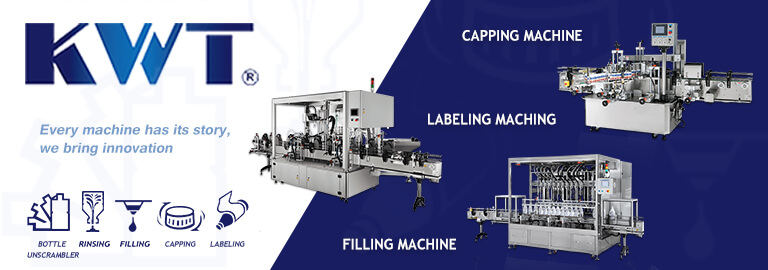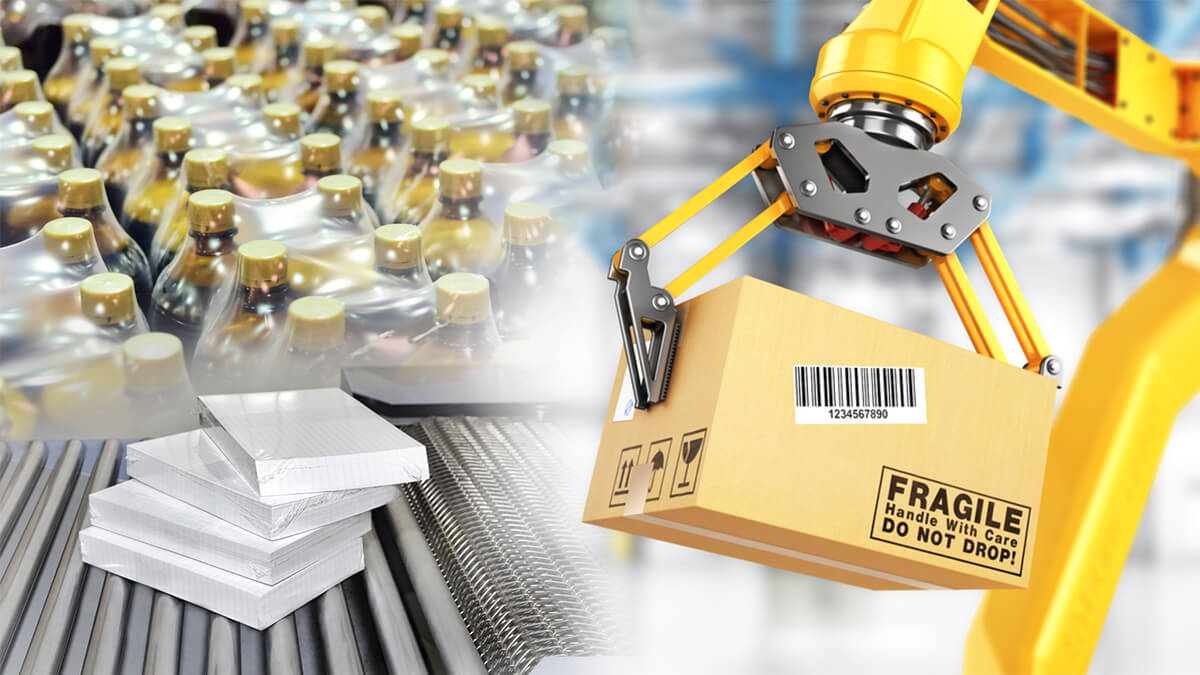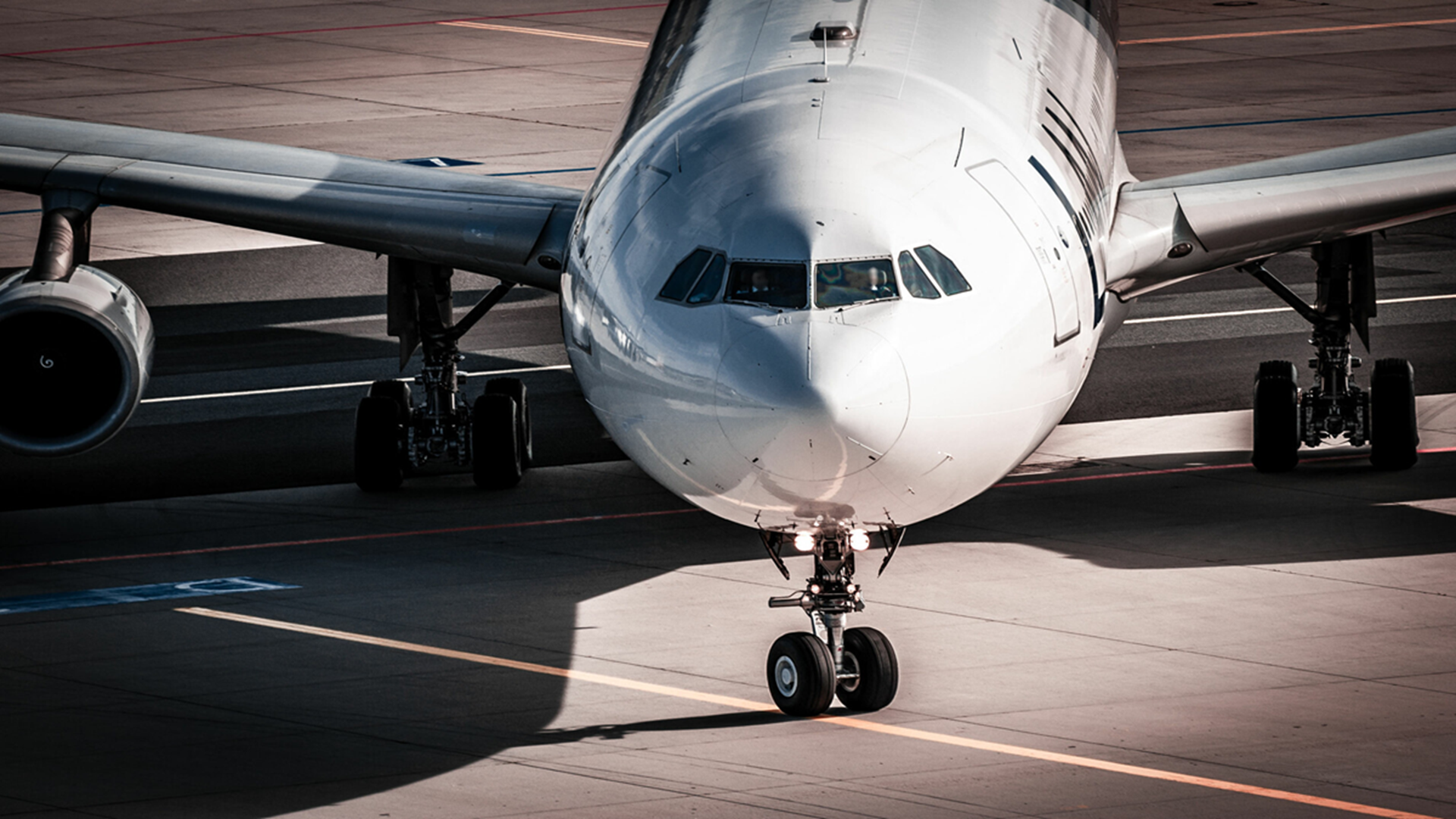The global market for Packaging Machinery is projected to reach US$51.5 billion by 2025, driven by the economic value generated by packaging for industrial and consumer goods; and the growing interests in robotic packaging automation against a backdrop of growing competition in the Fast-Moving Consumer Goods (FMCG) industry and the ensuing pressure to accelerate time-to-market.
What Is Packaging Equipment?
Packaging equipment is the equipment used in the final step of the manufacturing process and the first step in the transportation process. It can be used to make up unit loads on auxiliary devices, such as pallets or skids. The packaging equipment includes:
- accumulators
- batching machinery
- bagging machinery
- banding machinery or sleeving machinery
- box making machinery
- bundling machinery
- capping machinery
- cartoning machinery
- closing machinery
Automatic packaging machine is used in the final step of the manufacturing process and the first step in the transportation process. It carries many kinds according to different applications and is a key to speed up the production efficiency.
With increasing purchasing power and consumer spending among the expanding base of middle-class population in emerging countries, the Fast-Moving Consumer Goods (FMCG) industry is characterized by the globalization of brands, expanding footprint smaller unorganized players, overcrowding of me-too brands; intensifying competition, pricing pressures, and greater need for faster product innovations and launches.
All of these factors push up the importance of time-to-market and its role in influencing market competitiveness. Faster time-to-market or time-to-market acceleration is vital to ensure that innovations reach consumers quickly and the narrowing window of opportunity is optimally leveraged to ensure revenue realization. A key aspect of improving time to market is speeding up the production processes through resource efficiency and flow efficiency.
The packaging is a critical part of production which influences resource efficiency and ensuring smooth workflow from one process to another is important to eliminate delays and process efficiencies. Investments in automatic packaging machines have therefore become critical capex expenditure for companies. The market also stands to benefit from increasing investments in packaging engineering science and technology. Packaging remains vital for enhancing product shelf life, enabling traceability and providing product and marketing information.
Shaping the Next Normal of Packaging Beyond COVID-19
It is well known that some changes, were administered by the pandemic on all industries. As packaging companies emerge from the COVID-19 crisis, they need to readjust their focus and raise their game - while negotiating ongoing shifts in the industry.
While people were adjusting their lives in response to the coronavirus pandemic, the crisis was triggering multiple market disruptions. These disruptions will have both short- and long-term ramifications for the global packaging industry, which generates $900 billion a year. The biggest changes include dramatic shifts in consumer channels, new or heightened hygiene and consumer-safety concerns, highly volatile raw-materials prices, lifted single-use packaging bans, and the disruption of several end markets (such as hospitality and restaurants) by stay-at-home orders. What’s more, we expect the current crisis to reshape existing megatrends in the packaging industry.
When the world emerges from the COVID-19 pandemic - most likely a minimum of a year from now—packaging companies will need to raise their performance in multiple ways: balance sustainability goals with stringent hygiene requirements, step up their e-commerce games and compete in a novel customer landscape while facing strong cost pressures. To navigate these choppy waters and stay ahead of the competition, packaging converters and other packaging companies must rethink how to move to their next normal.
Redefined Sustainability
Before the COVID-19 crisis, sustainability was top of mind for the packaging value chain, particularly in relation to regulatory and public concerns regarding single-use packaging waste. Regulators in many countries were moving rapidly on the issue, and FMCG companies and retailers were making bold commitments to both improve the sustainability of packaging and rethink their packaging systems.
With the onset of the COVID-19 crisis; however, sustainability has taken a back seat to concerns about hygiene and food safety issues, which have become higher priorities.
Consumers increasingly demand hygiene-assured items and single-use wrapped items. Packaging design, the choice of substrates, or specific functionality to ensure the minimal viability of the virus could significantly influence packaging-material preferences.
E-Commerce Demands
The coronavirus pandemic is spurring drastic changes in consumer habits. During the crisis, consumer spending on groceries—particularly food—has dramatically increased, and shoppers are buying their goods online, fueling a strong acceleration of e-commerce shipments and other home-delivery services.
We expect demand for grocery e-commerce to remain high post-COVID-19. This pattern is already playing out in Asia - particularly in China - the first country to confront the pandemic. Some industry forecasts predict that US online grocery sales will settle at or above 10 percent already this year, compared with 2 to 3 percent before the crisis. If in the long term, the majority of products across all categories go through the online channel, e-commerce as the next normal will have significant implications for the packaging industry - particularly for primary and secondary packaging, given that most packaging has yet to be optimized for the e-commerce channel.

Referral Link









.jpg)
.jpg)


點-m-90454917_m.jpg)

